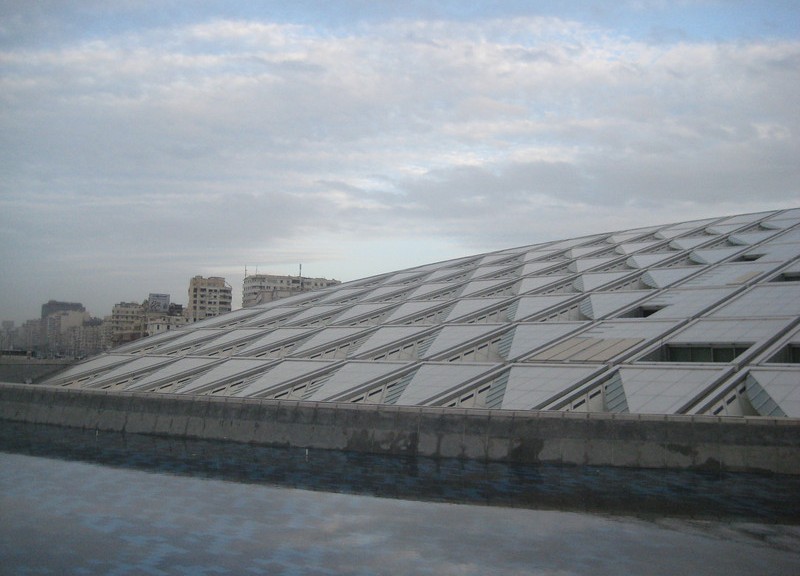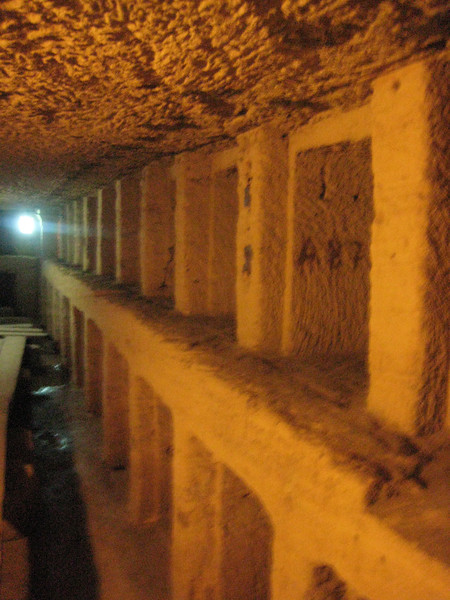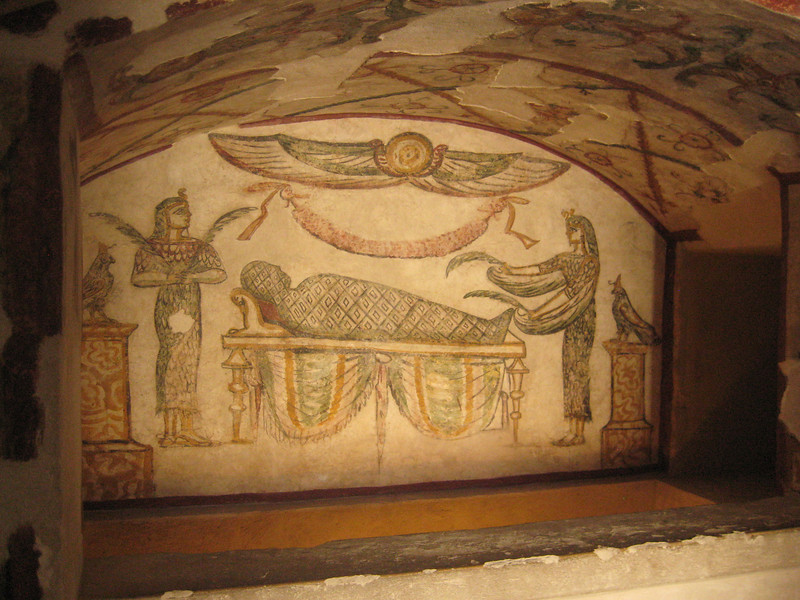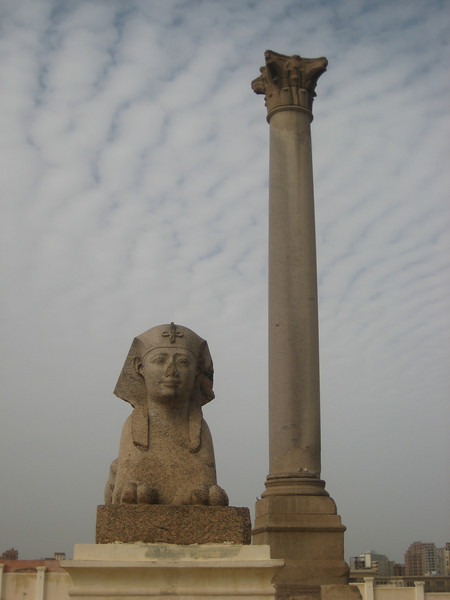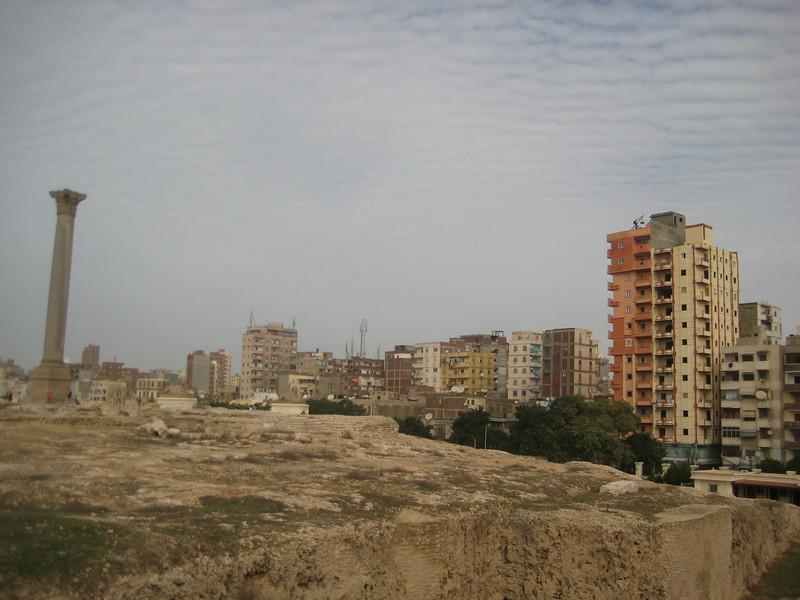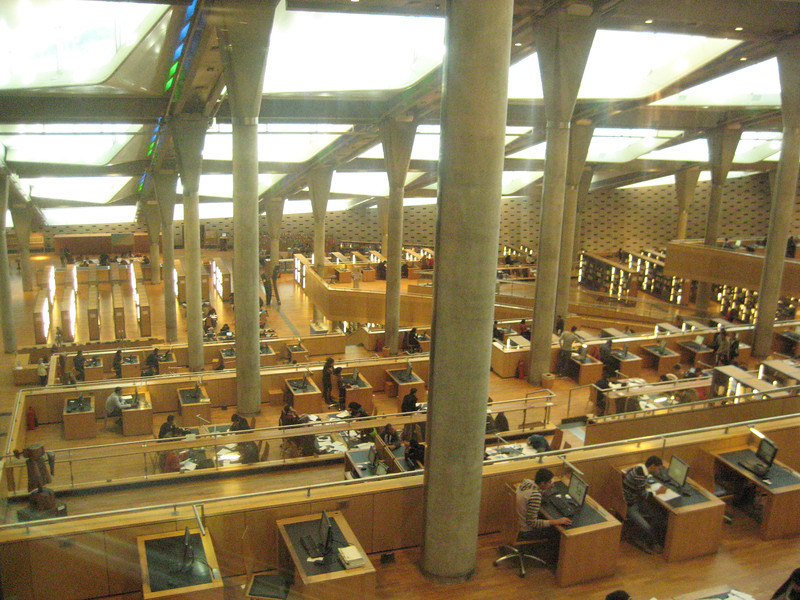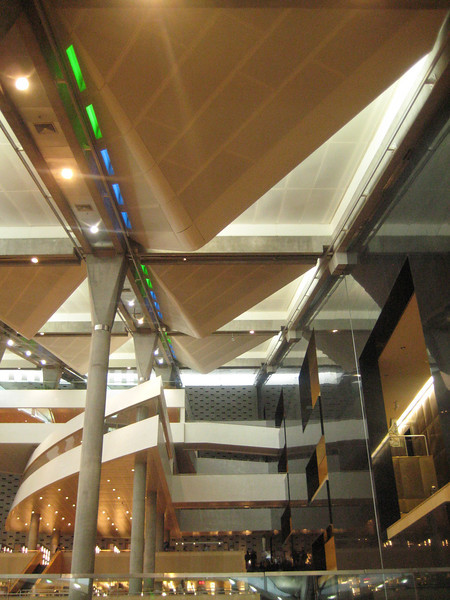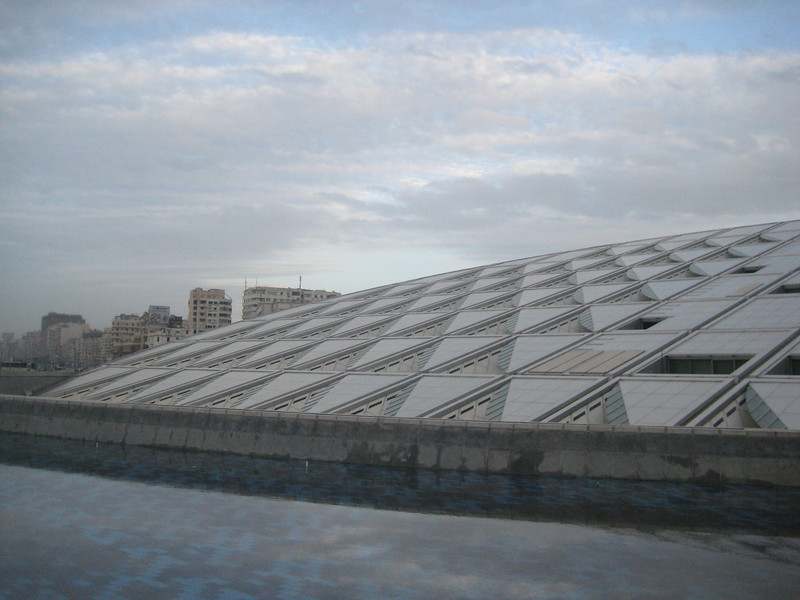I don’t think I slept quite as well on the train overnight as the previous journey, but it was a much calmer drive back from Giza Station to our last hotel – Friday morning is the start of the weekend in Egypt so the traffic was quieter. Although, we were told that there are many more road accidents in the weekend’s reduced traffic as Egyptians aren’t used to driving at speed – so they do the same crazy things going five or ten times faster than normal & wreck.
With the mandatory carols still playing in the hotel lobby, we once again got an early check-in & settled into our rooms. All the hotels we stayed in during the tour were of a high standard, but this one was another step-up – with a pool the like of which I have not seen in a hotel before.
Late morning it was back on the road again for the short drive into the centre of Cairo, for the first time, to head to the Egyptian Museum. Once again we had to leave our cameras in the bus or check them in – so all I have is a few sneaky phone photos. The Egyptians don’t appear to be overly proud of their flag as it was almost a week in before I found one to snap a picture of – this is on the front of the museum. The building looks rather European – designed by an Italian apparently.

Being right on Tahrir Square, it wasn’t too far away from all the revolutionary activities two years ago. This is no more obvious than by looking next door at the burnt out shell of a building of a Ministry of the former regime.


To no-one’s surprise, inside the building is packed with just a small part of the largest collection of Pharaonic antiquities. Construction of an astoundingly large new museum has begun just down the road from where we were staying in Giza. The footprint and piles of sand point to this being a massive undertaking – Lafarge will be pleased to have that concrete contract. Only nine-hundred-odd days to go until completion – or so the big sign outside told us every time we drove past.
Far & away the highlight of the museum was seeing that recovered from Tutankhamun’s tomb – which I’d been in the morning before. Considering the size of the tomb, it’s staggering that so many things fitted in there. It took Carter twice as long to empty & catalogue the tomb as it did for him to find it (five versus ten years). The golden shrines (outer coffins) are there and they get progressively smaller from very large boxes (at least two metres tall & even longer) a smaller box – still big enough to hold a sarcophagus. I think Russian Dolls have much greater value as a childhood amusement than having one’s own set of Egyptian coffins to play with.
Now that I’m at the point of describing the room that held the most valuable and spectacular of Tutankhamun’s possessions for afterlife, I’m running out of superlatives. So much gold, so many jewels. The most famous, and most spectacular, piece is of course the Gold Mask – eleven kilograms of gold and so intricately detailed; it really was worthy of a lot of staring and inspection.
It was good fun wandering around the rest of the museum as it really is quite old and has the old, dusty museum feel to it that makes one feel like the clock has been wound back or you’ve been dumped into a film.

Through the building traffic we set off for a bit of a shopping afternoon. First off a perfume factory, where I wasn’t in any way tempted to spend the last of my Egyptian pounds. Our journey took us past the huge Citadel (originally built by Saladin to keep out marauding crusaders) and the quarries where the stone for the pyramids was excavated. Our destination was Khan el Khalili, a market in the Islamic part of the city dating from the late fourteenth century. With plenty of warnings of how persuasive the shopkeepers are and knowing not to be lured away from the main streets, we set forth with our undercover bodyguard/Tourist Police Officer. It was great fun looking in (from the narrow alleyways) all these shops as the salesman tried everything approaching physical contact to entice you to buy their particular piece of Chinese-made tat. Unfortunately there wasn’t enough exotic foodstuffs to hold my interest for long, so I just wandered feeling generally bemused at the banter of the shopkeepers until I found the meeting point. The rice-pudding at the cafe where we met was worth the effort – it was scrumptious.
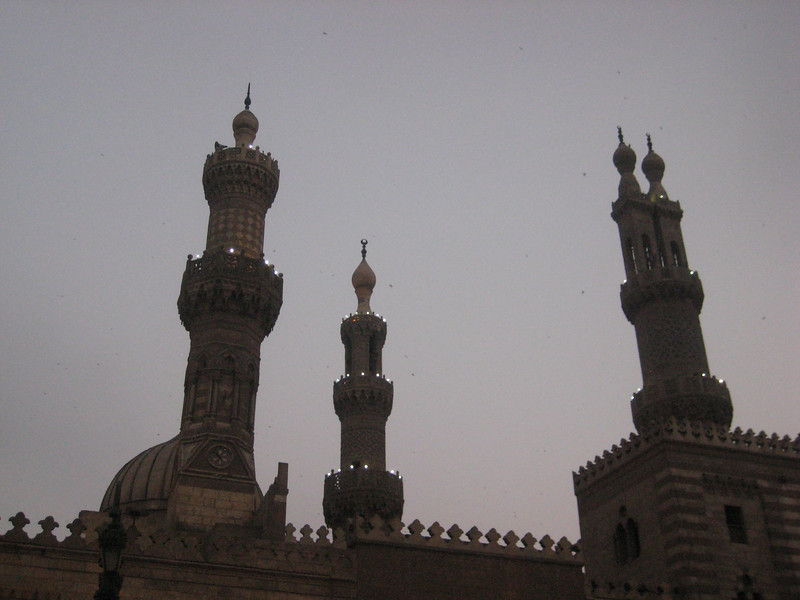
We had our final dinner together as a group that night & said a lot of goodbyes. Six of our group departed for a few more days beside the Red Sea in Dahab, while the remaining four of us slept through their early morning departure. With postcards hurriedly sent and the last little while spent by the pool, it was off to the airport.
So that was my Christmas week in Egypt – absolutely fantastic, a fair dose of third-world craziness, a mind-boggling amount of history and, nicely, much drier & warmer than the UK in December. If anyone has the inclination to head over that way, I recommend it – we had no safety issues and the country could really do with more tourists to get back to where they used to be. I’m glad I took my first tour, as I’m sure having to deal with transport in Cairo would not be too much fun independently. I can also whole-heartedly recommend on the go tours and, in particular our guide Hesham, as well organised, professional and very knowledgeable.
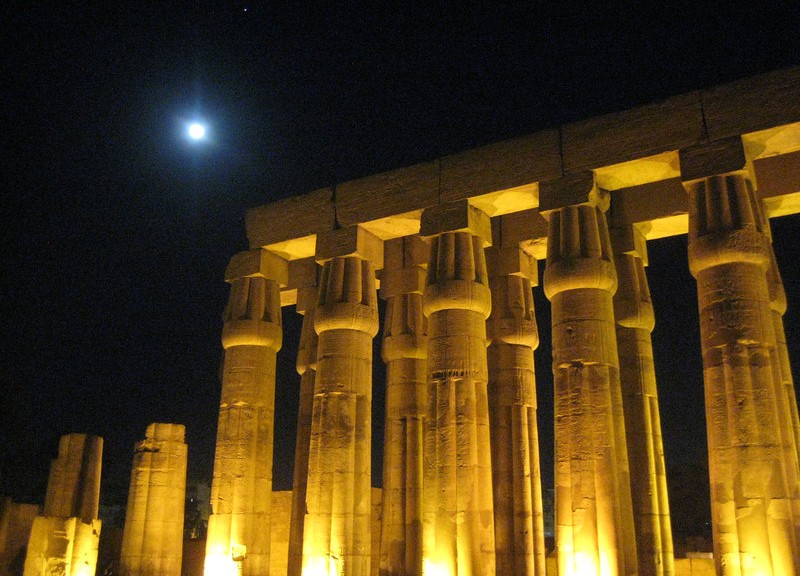
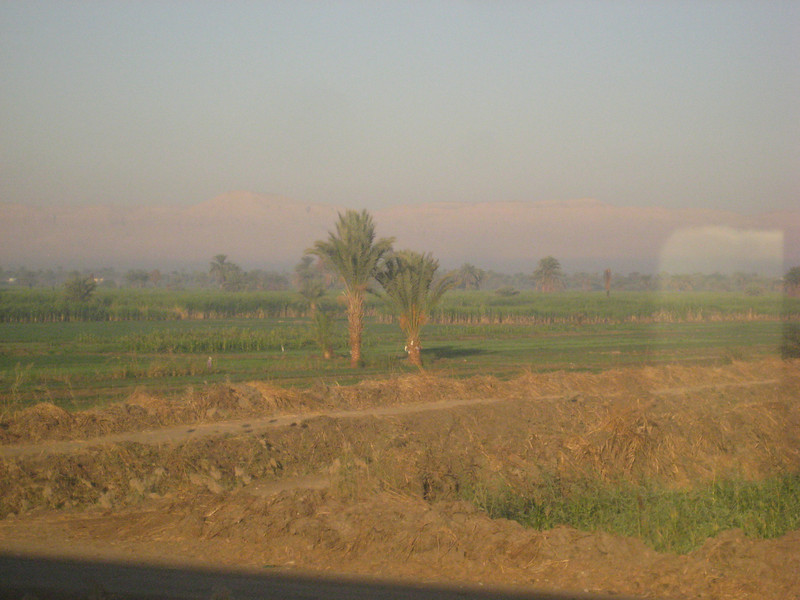 By dawn, the landscape had changed dramatically to sugar plantations – one of the main industries in these parts
By dawn, the landscape had changed dramatically to sugar plantations – one of the main industries in these parts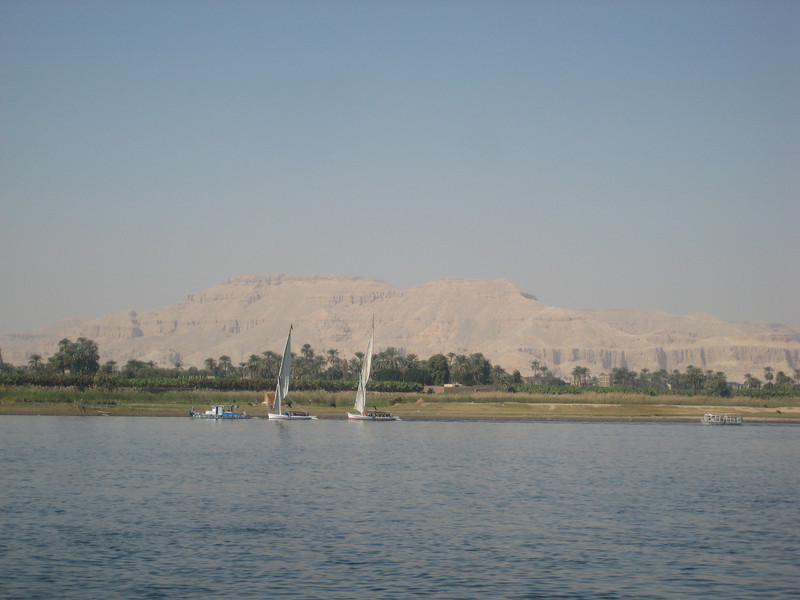
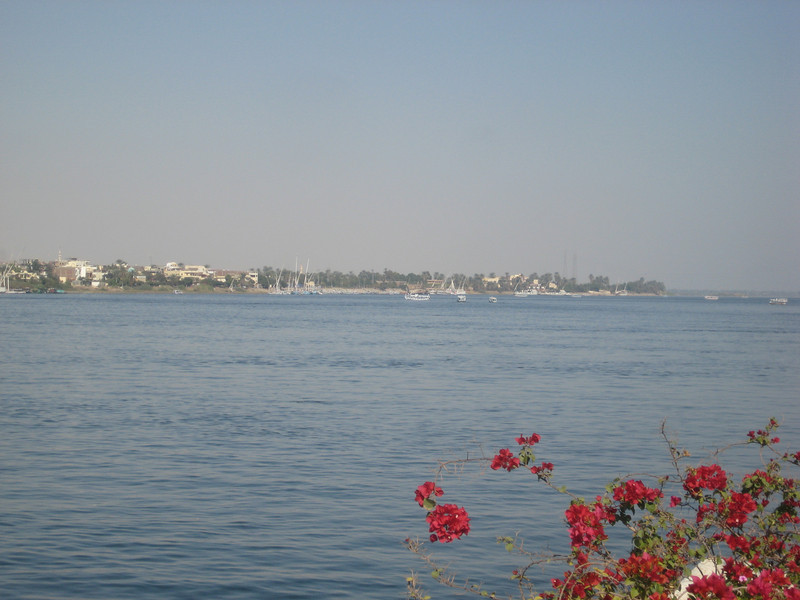
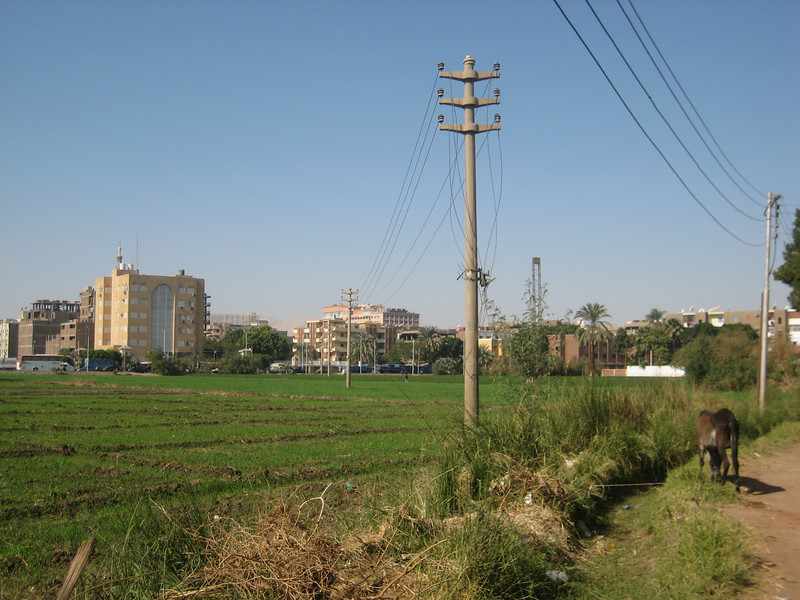 It wasn’t much of a walk to get to open fields and donkeys from the hustle of the main hotel district
It wasn’t much of a walk to get to open fields and donkeys from the hustle of the main hotel district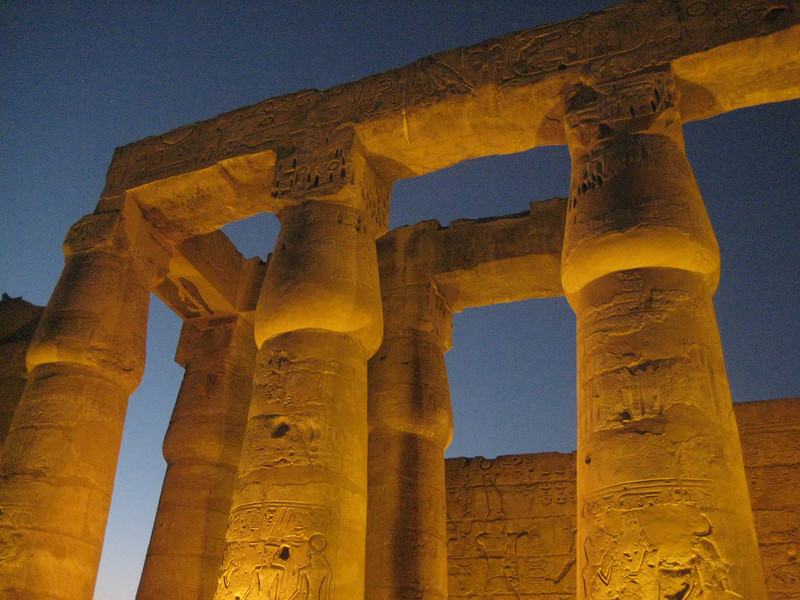
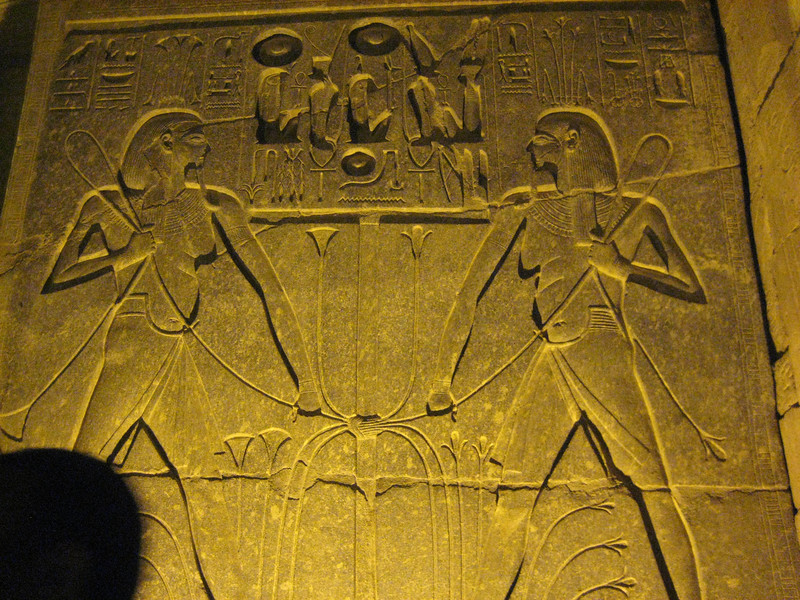
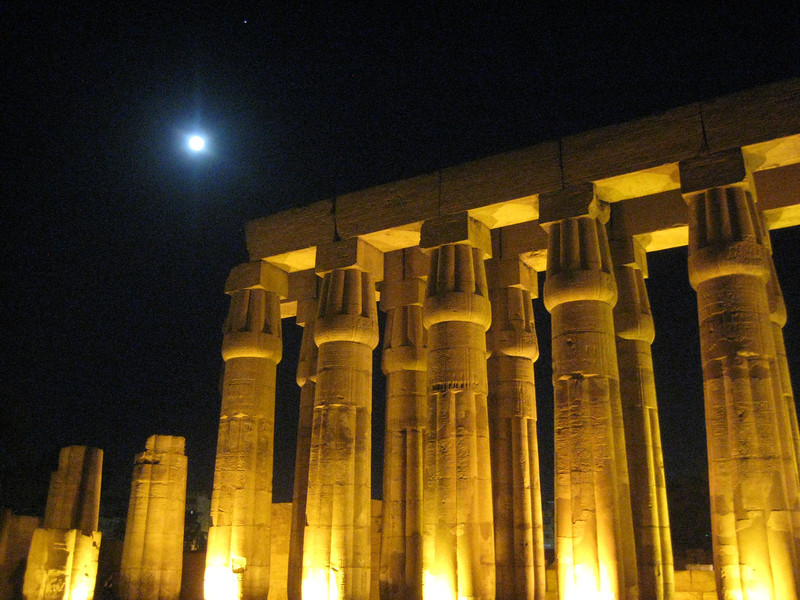
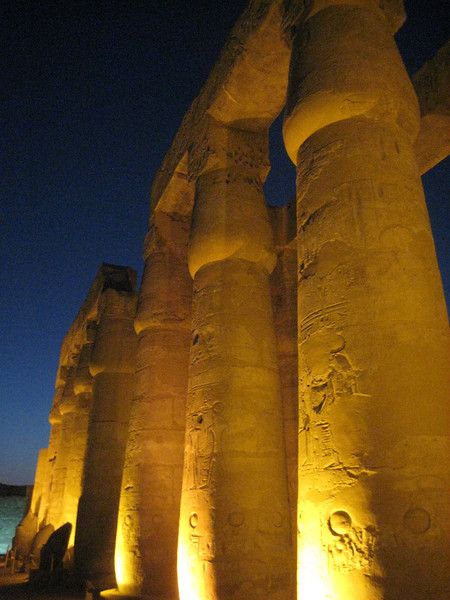
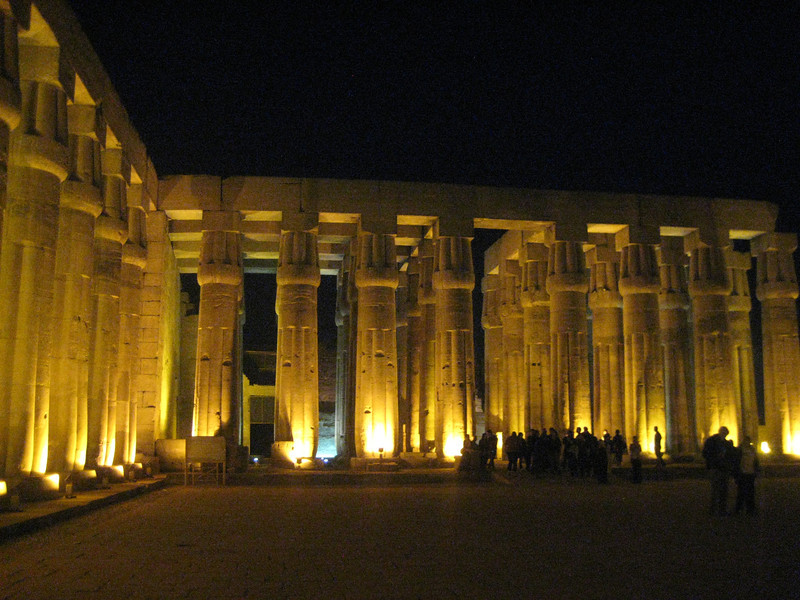
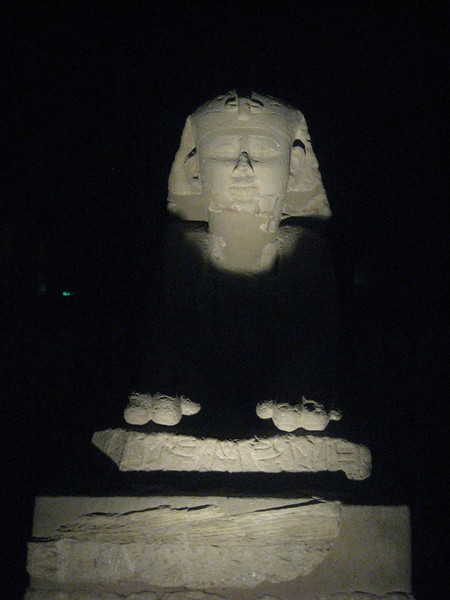
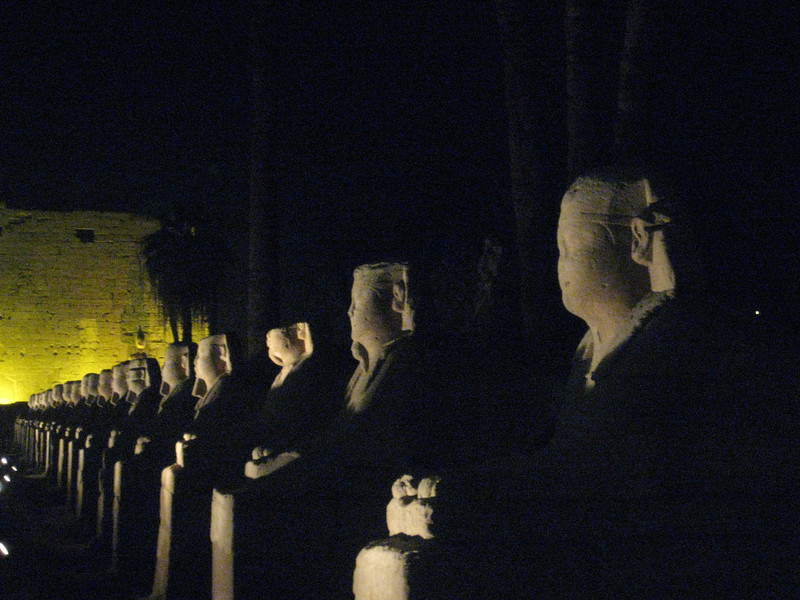
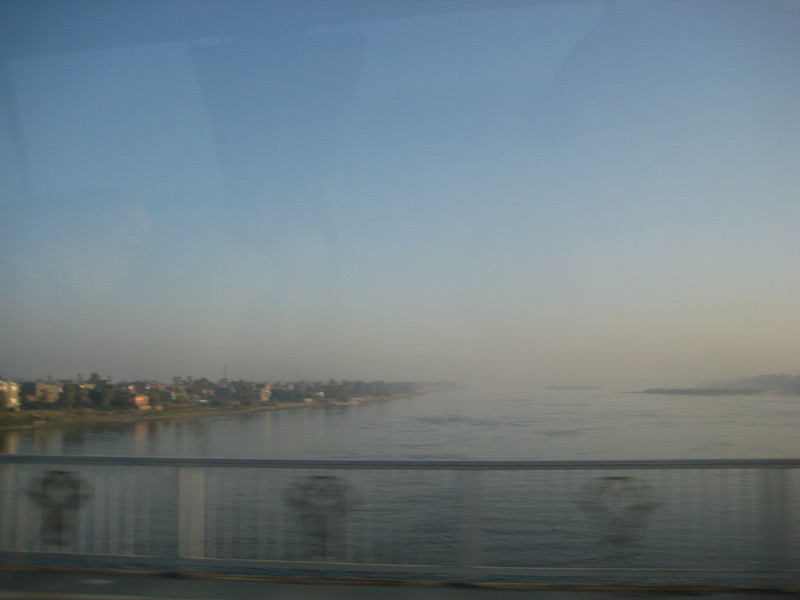
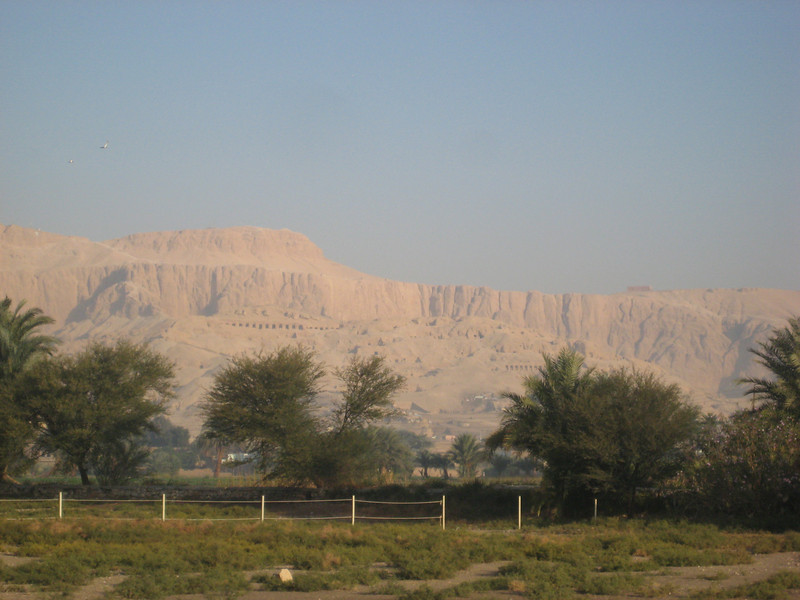
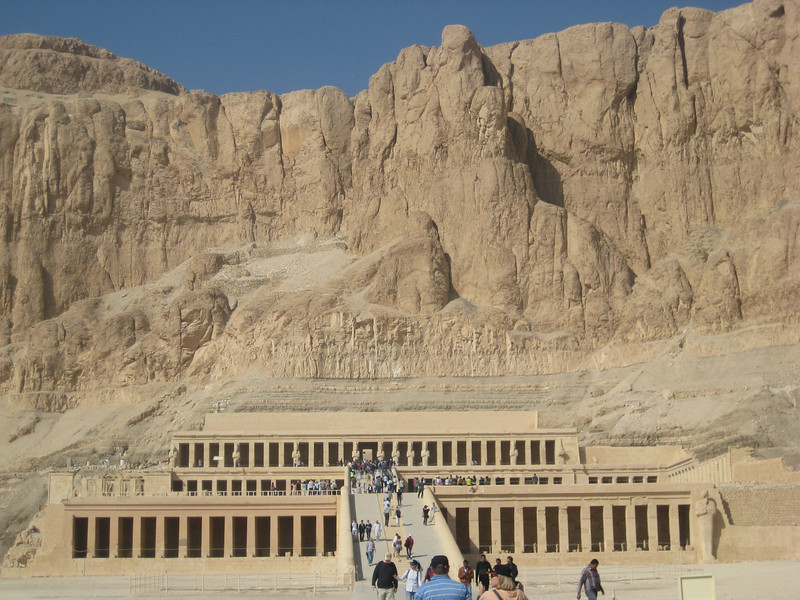
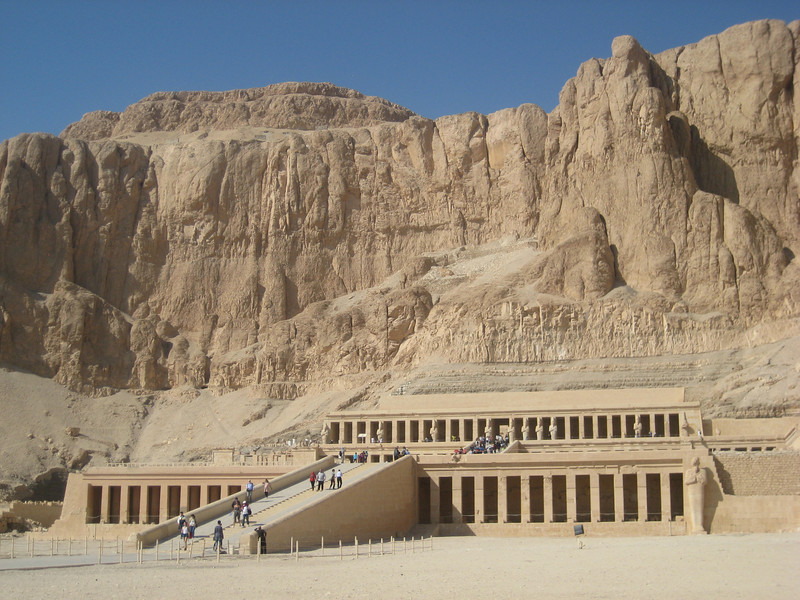
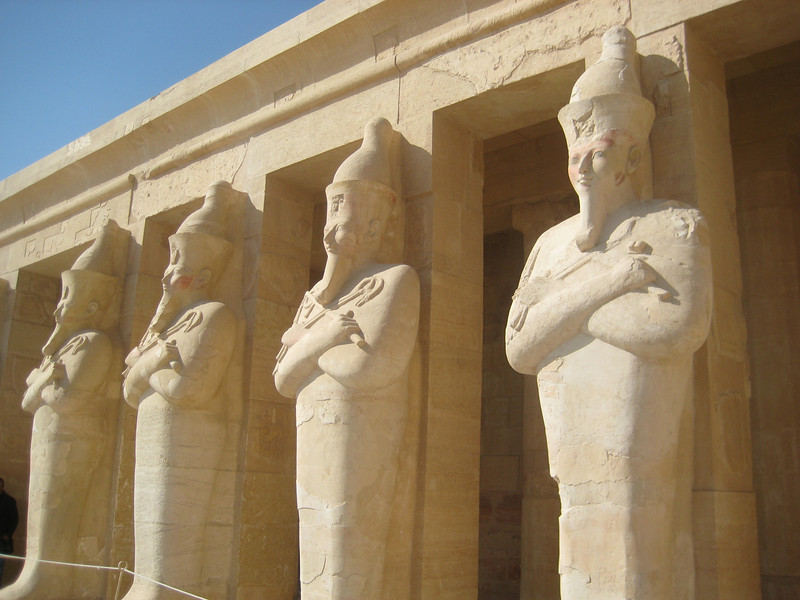
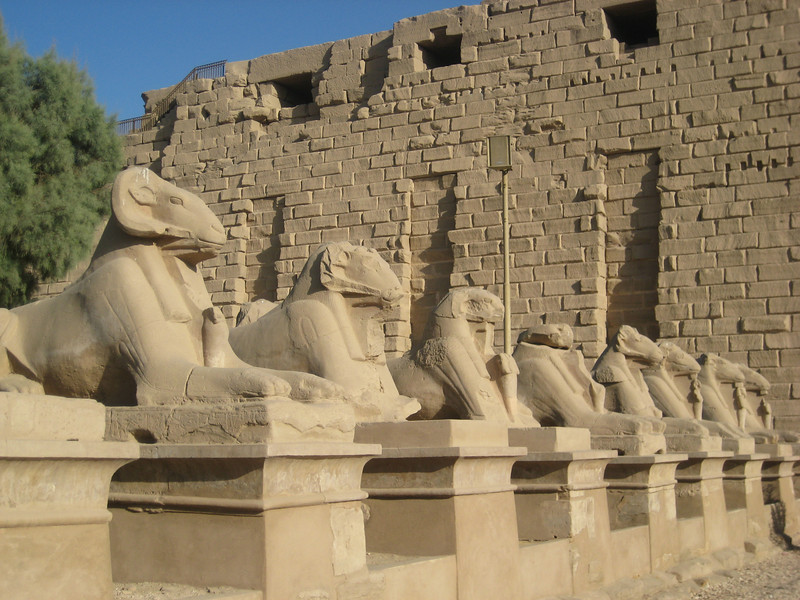
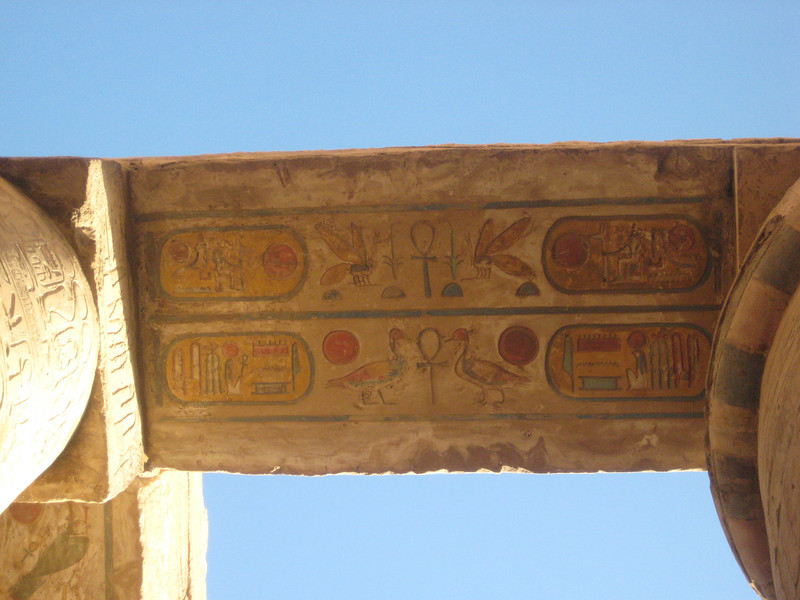
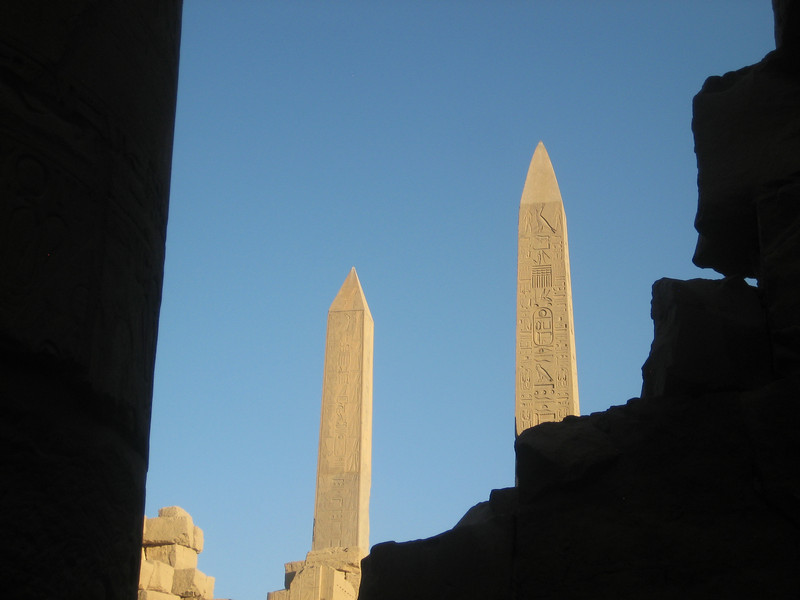
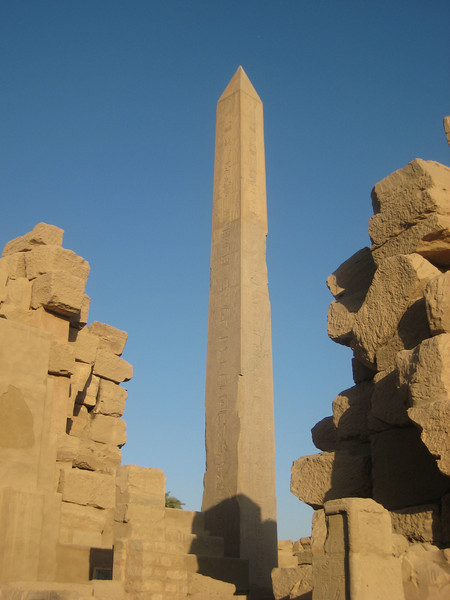
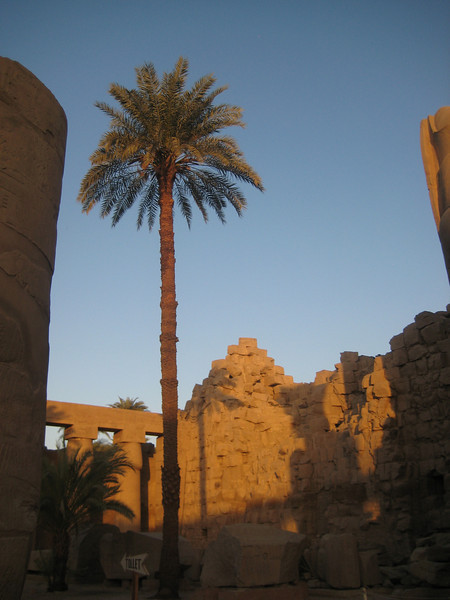
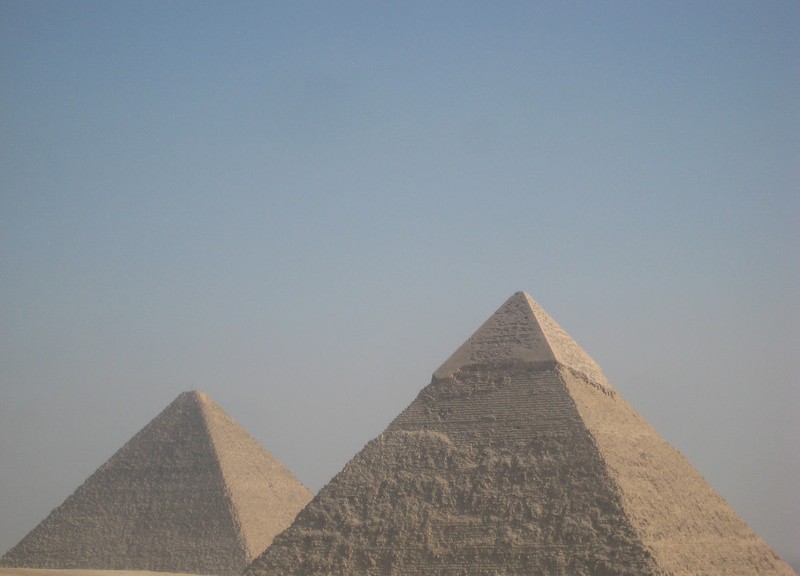
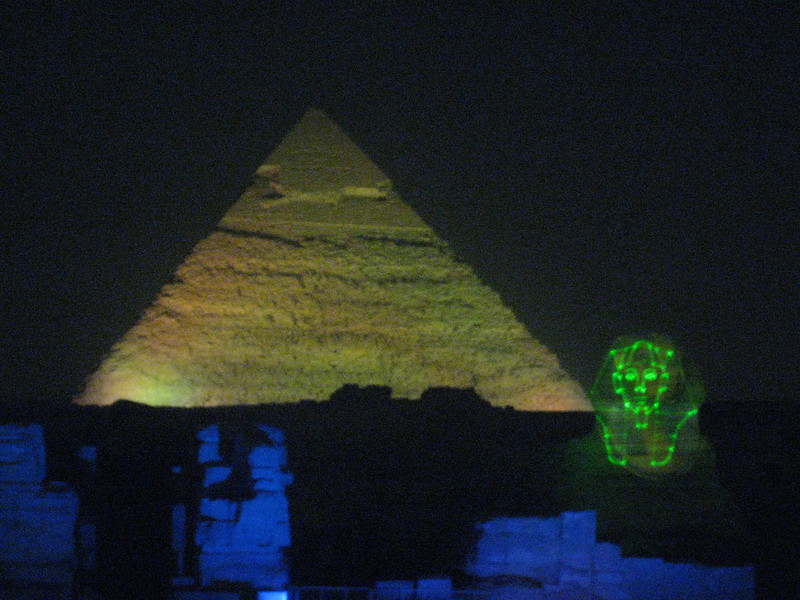
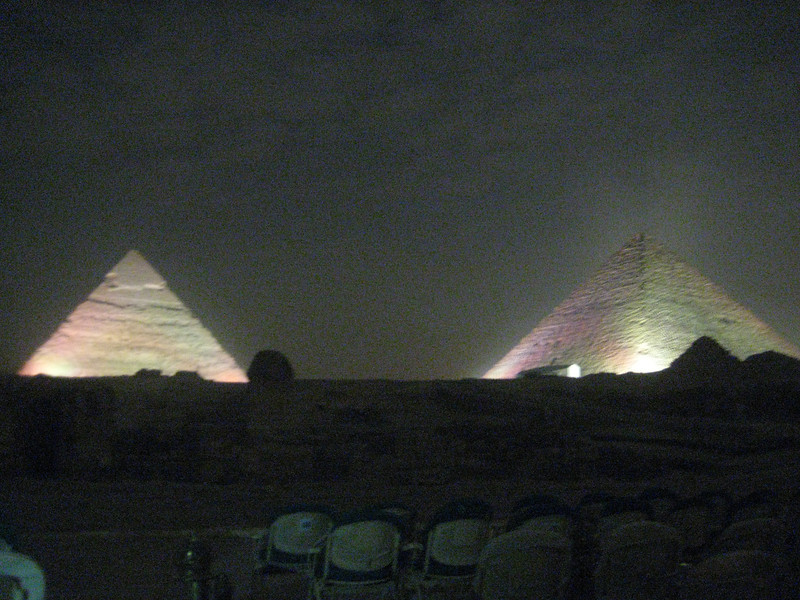
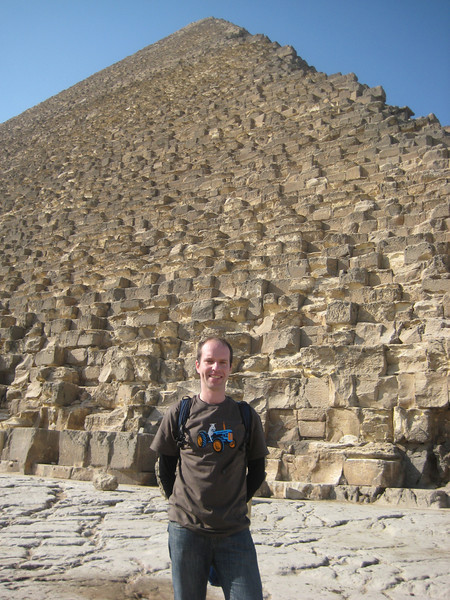 Beside the Great Pyramid/Pyramid of Cheops, mandatory wearing of Christmas presents. Thanks Adele – & yes, that is a sheep driving a Massey Ferguson tractor.
Beside the Great Pyramid/Pyramid of Cheops, mandatory wearing of Christmas presents. Thanks Adele – & yes, that is a sheep driving a Massey Ferguson tractor.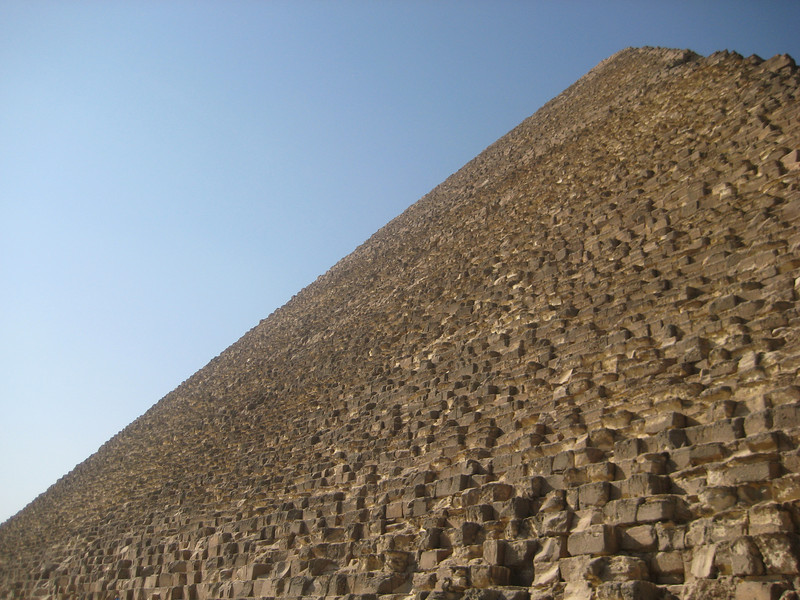
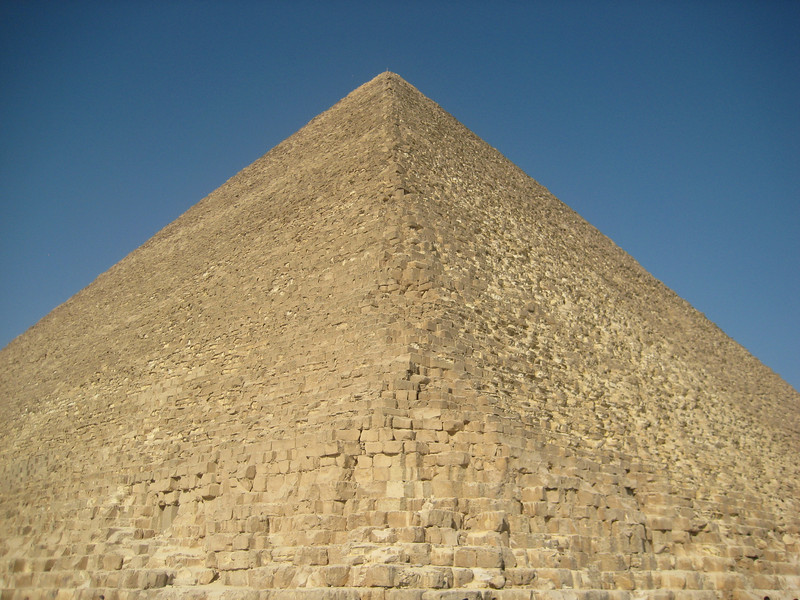
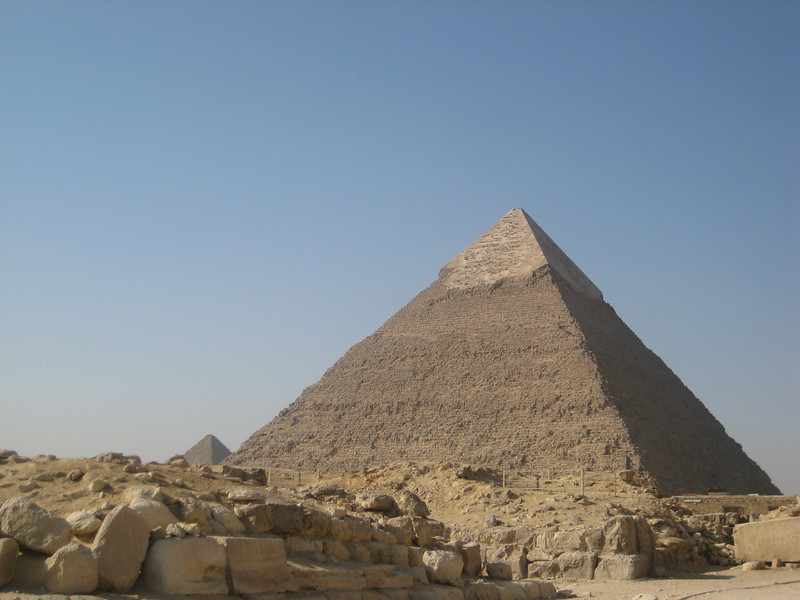 Looking towards the second pyramid, Pyramid of Khafre, which still has some of the smooth outer layer at the peak
Looking towards the second pyramid, Pyramid of Khafre, which still has some of the smooth outer layer at the peak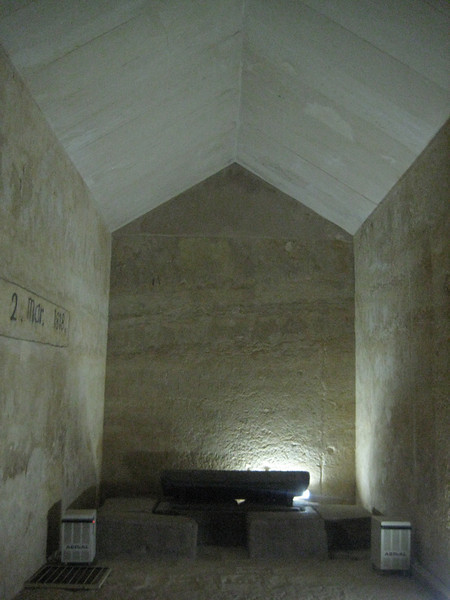 Most of us went down a very steep staircase and then up another to get to the centre of the Pyramid of Khafre. Despite the mildness outside, all that limestone really holds the heat – it was really hot in there
Most of us went down a very steep staircase and then up another to get to the centre of the Pyramid of Khafre. Despite the mildness outside, all that limestone really holds the heat – it was really hot in there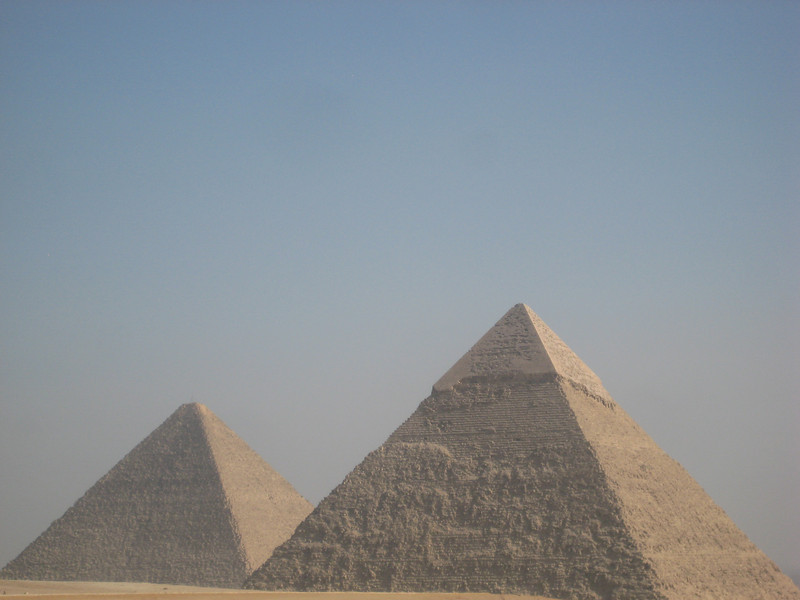 Panoramic photostop
Panoramic photostop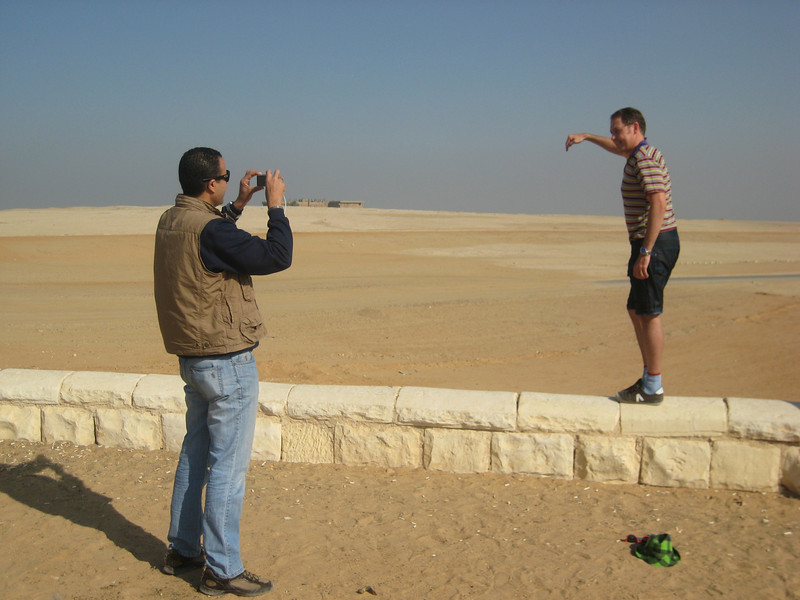 Much time spent holding, pushing, lifting pyramids. Guide Hesham & Radley; unfortunately none of the efforts on my camera really worked out
Much time spent holding, pushing, lifting pyramids. Guide Hesham & Radley; unfortunately none of the efforts on my camera really worked out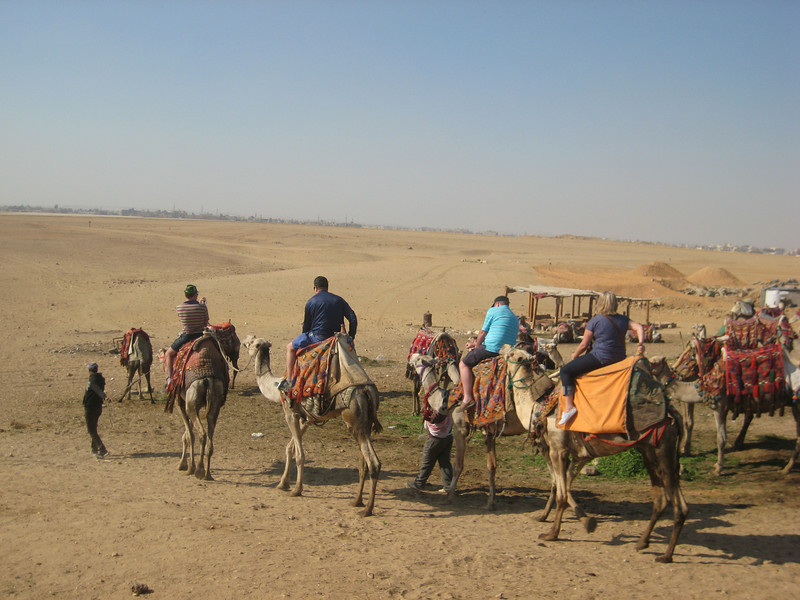 Camel riding – that was a bit of fun for three quid. All the handlers/herders/whatever were good fun & took plenty of photos
Camel riding – that was a bit of fun for three quid. All the handlers/herders/whatever were good fun & took plenty of photos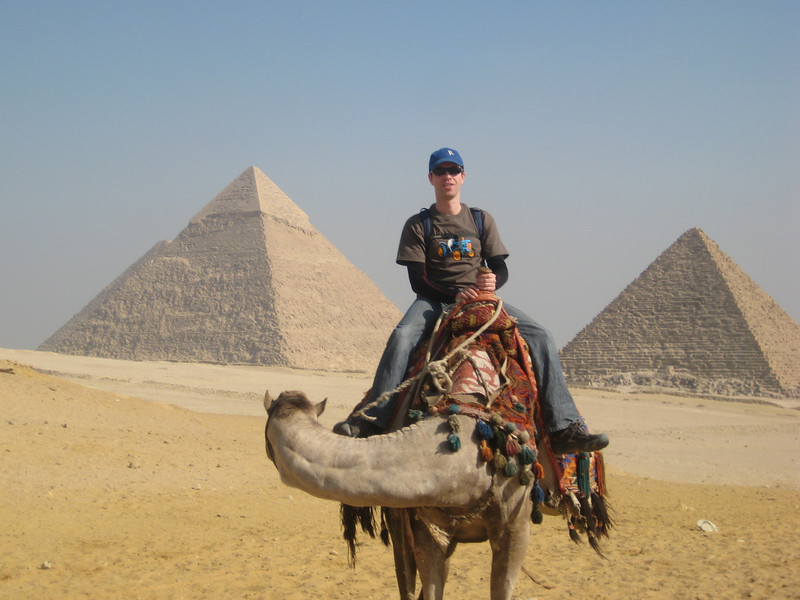
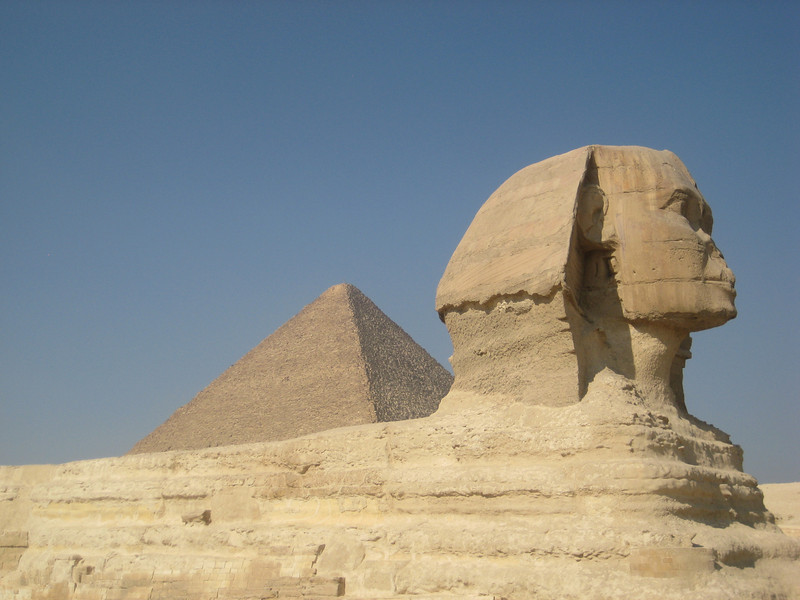 A brief visit to the Sphinx and funerary temple beside it
A brief visit to the Sphinx and funerary temple beside it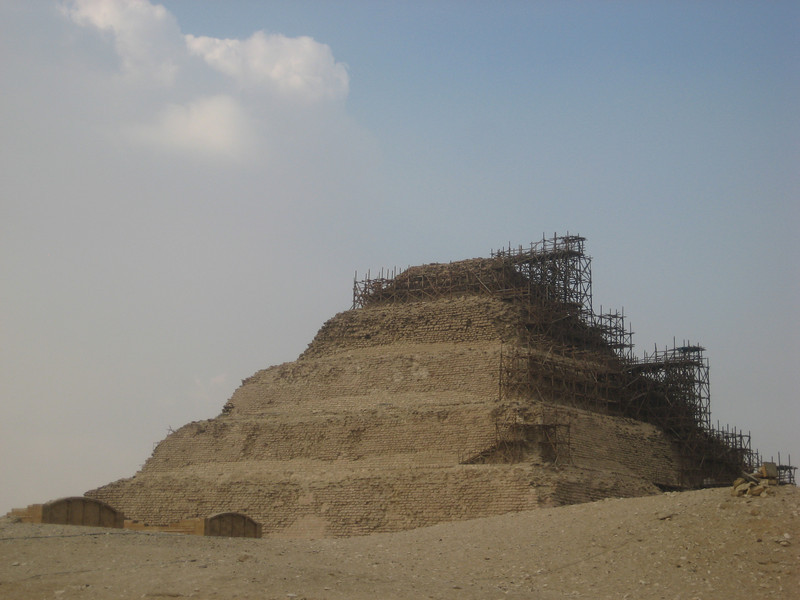 We headed south to see some pyramids earlier in the evolutionary chain, this one a step pyramid and another bent pyramid
We headed south to see some pyramids earlier in the evolutionary chain, this one a step pyramid and another bent pyramid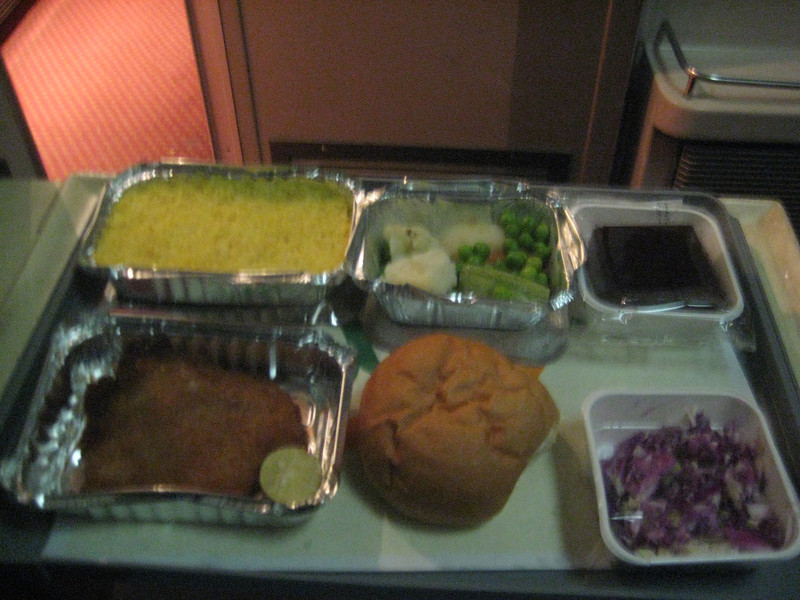 Train food is not all that different to plane food
Train food is not all that different to plane food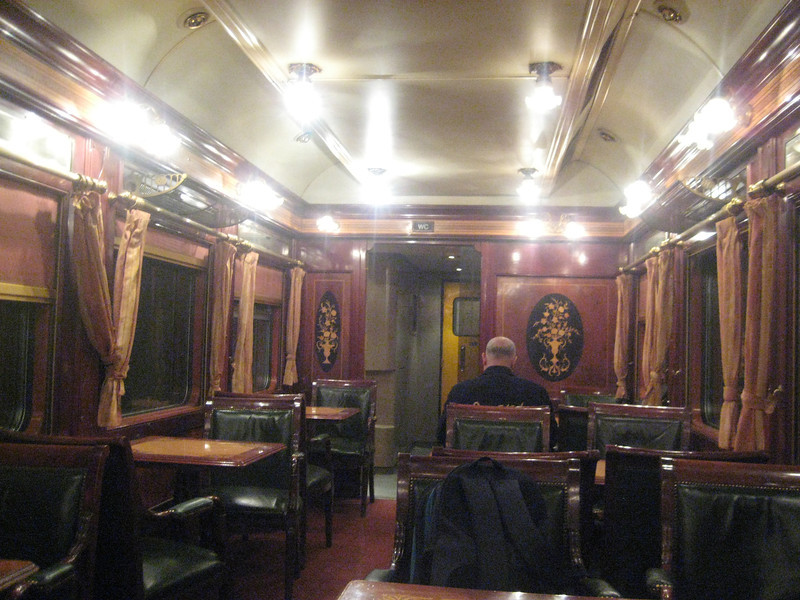 The only part of the train that made me feel like I might be in an Agatha Christie novel
The only part of the train that made me feel like I might be in an Agatha Christie novel